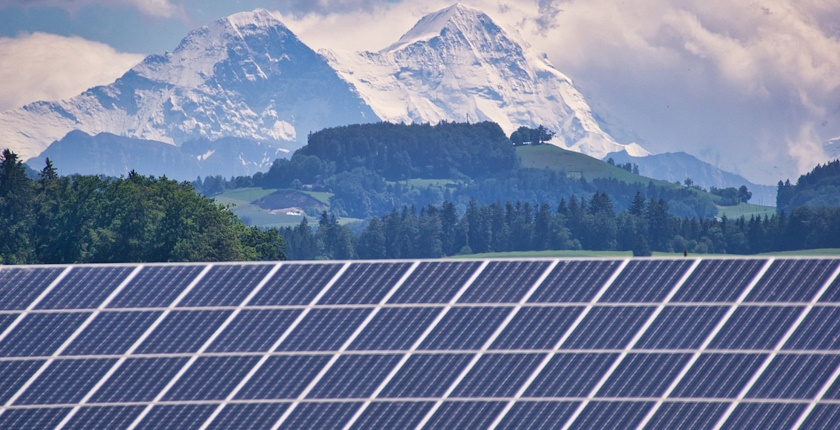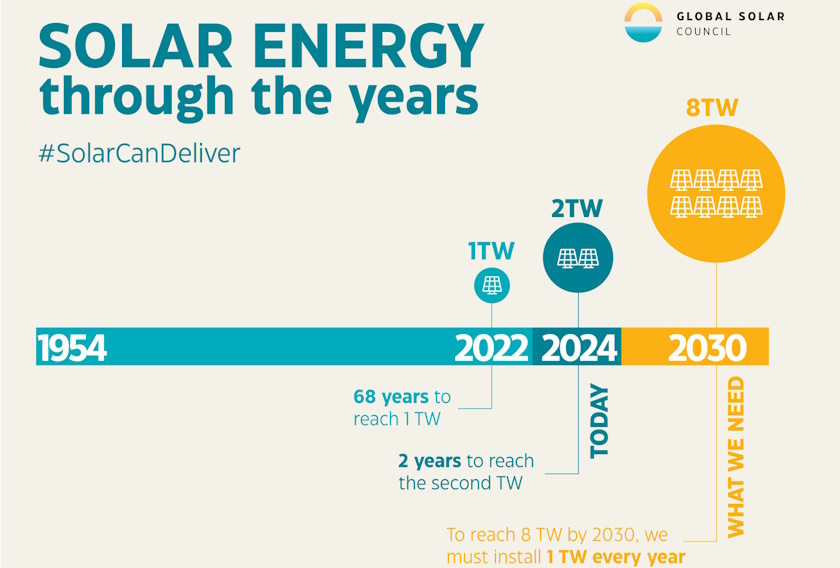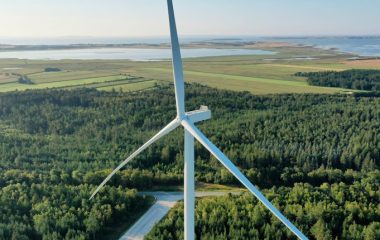
Photo: Roy Buri from Pixabay
As world leaders and top climate diplomats began arriving in Baku for COP29, the Global Solar Council declared that the 2 TW threshold of total photovoltaic capacity has been reached. It took only two years from the first terawatt.
The Global Solar Council said the photovoltaic industry has reached 2 TW of capacity, against the backdrop of Donald Trump’s second presidency in the United States and a pivotal United Nations Climate Change Conference COP29, which started today in Azerbaijan’s capital city of Baku.
The deployment of the technology has exponentially accelerated in recent years, carrying with it dramatic cost reductions that make solar the cheapest form of energy available to consumers in many countries across the globe, the industry association noted.
It took the photovoltaic industry 68 years to reach 1 TW of installed capacity and only two years to double it, according to calculations of the Global Solar Council and SolarPower Europe.
The milestone highlights how solar energy is becoming the backbone of the global energy system, the announcement reads. The 2 TW of solar is equivalent to the total installed electricity capacity of India, the US and the United Kingdom combined. It is also two times higher than the overall capacity in the European Union.
World needs to three times more renewables capacity by 2030 but solar’s 2 TW must be quadrupled
With a 20% capacity factor, 2 TW could power one billion homes that consume a global average of 3.5 MWh per year.
Notably, it is only an equivalent, as PV panels can’t generate electricity without daylight. It means it is necessary to combine them with energy storage and other power sources for a 24-hour supply every day.
Global Solar Council council stressed the need to reach 1.5 TW of global storage capability and develop 25 million kilometers of grid infrastructure before the end of the decade. The 2030 goal for solar power is 8 TW. Importantly, global manufacturing capacity is already at 1.1 TW per year, the organization underscored.
Dunlop: We need to unlock financing
“The unprecedented roll-out of solar worldwide, and now the fact that we have made this 2 TW milestone, or about seven billion solar panels installed, is the culmination of decades of hard work. Forward-thinking policy, industrial ingenuity, seven million hard-working solar installers and a versatile and scalable technology have all brought us to this moment,” said Sonia Dunlop, Global Solar Council CEO.
Seven billion solar panels generate electricity and seven million people are solar installers
Solar must now double annual installation capacity to 1 TW per year the reach the global tripling renewables target, agreed at COP28 in Dubai, she pointed out.
“We need to celebrate the 25 million solar homes and now double it. To get there we need to unlock financing and bring down the cost of capital for solar projects, particularly in the Global South,” Dunlop stated.

Global Solar Council aims to slash cost of capital in developing markets to 5% from 15%
By 2030, solar will be the world’s leading renewable energy source, said Chair of the Global Solar Council Máté Heisz, who is also in charge of global affairs at SolarPower Europe. “We urgently need support from national governments and investors to deliver our tripling renewables target,” he warned.
Global Solar Council said it would launch the International Solar Finance Group at COP29. The world’s first-ever global dialogue between the PV industry and the finance sector aims to bridge the financial gap between ambition and deployment, it explained. The ambition is to reduce the cost of capital for solar in developing economies to 5% from 15%.
While poorer countries lagging in PV deployment is a major downward factor, the most important phenomenon is China’s dominance in both capacity additions and manufacturing. The situation is similar in the wind power segment.









Be the first one to comment on this article.